Welcome! While spending time outside is a great way to see birds and get your “Eye On Nature,” there are many ways you can explore the wonders of our local birds from the comfort of your own home. This activity will help you dive into the appearance and behavior of birds, and will make you even more prepared for the next time you observe them in the wild.
To complete this activity at home, just print out this worksheet! Each question on this webpage is also on the worksheet, but you’ll need the recordings and photos on this webpage to answer the questions! If you don’t have a printer, just follow along with the questions on this page, and write your answers down on whatever paper you have. Happy birding!
Question #1: Try to spell out the bird sounds you hear!
For example, the American Crow sounds like a “Caw–Caw–Caw,” while the Black-Capped Chickadee’s call sounds like it’s saying “chickadee-dee-dee.”
Listen to each of these birds and write out how you think their sounds would be spelled.
Song Sparrow Call:
Red-Winged Blackbird Song:
Common Yellowthroat Song:
Marsh Wren Song:
American Robin Song:
Bald Eagle Call:
Question #2: It can often be difficult to identify birds that look similar to another species, especially when there are so many little brown songbirds out there! It helps to point out a few key traits that you can associate with each bird. Identify 3 visual differences between the Song Sparrow and Marsh Wren:
Question #3: Now try identifying differences between multiple birds from the same group! Some of them may share traits, so there might be multiple answers for each of these questions. List all that apply! Which of these 4 Swallows…
Has a white belly?
Has the most “forked” tail (split down the middle, like a snake tongue)?
Has a white cap above their beak?
Is most “iridescent” (sparkles or shimmers when the light hits it)?
Question #4: Many bird species are “sexually dimorphic,” meaning males and females look drastically different. Name 5 differences between these male & female Mallards:
Question #5: Look at all the birds in the Eye On Nature Field Guide.
Which bird is the largest? Which bird is the smallest?
Question #6: What is one bird you want to learn more about? Why?
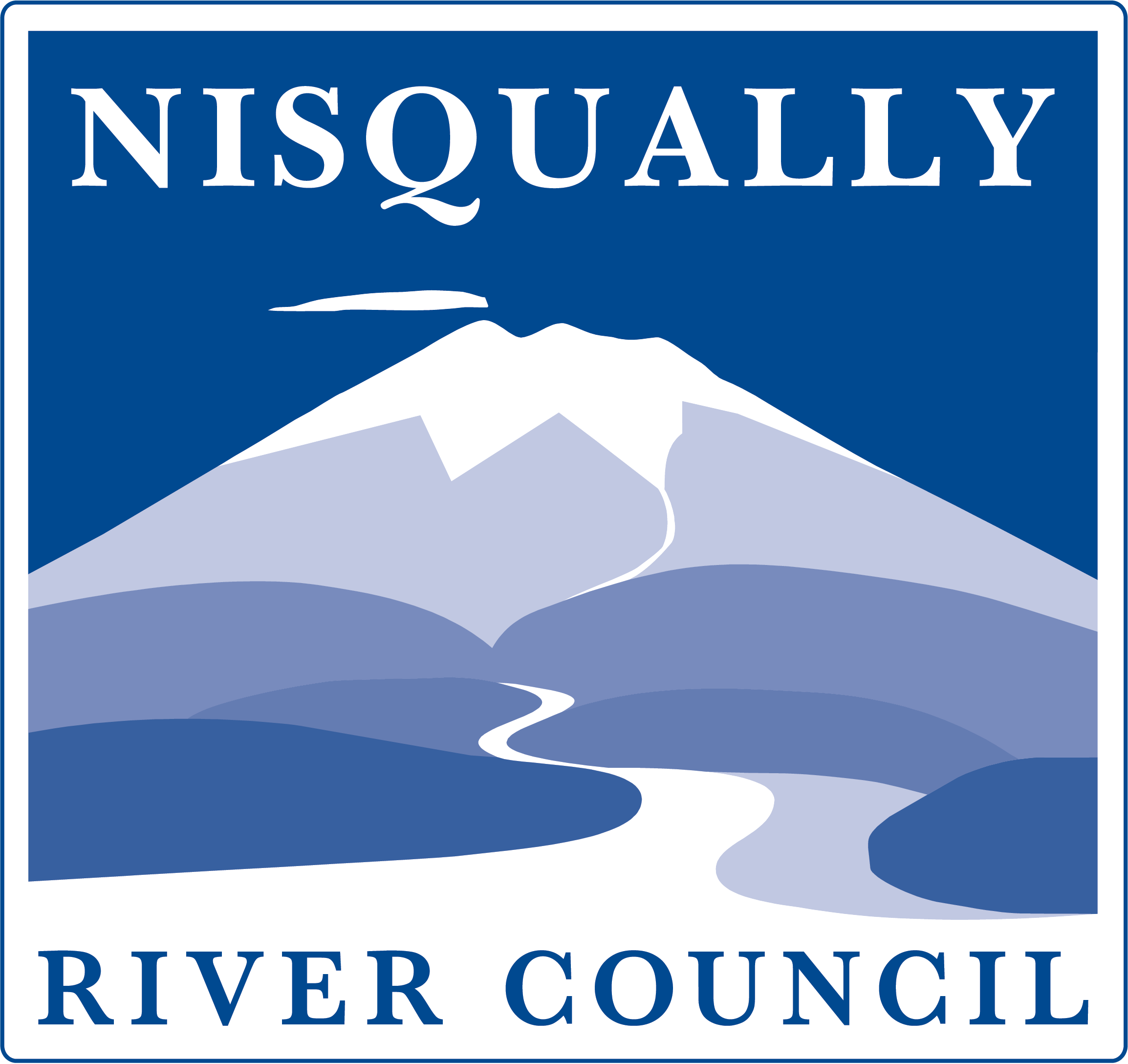
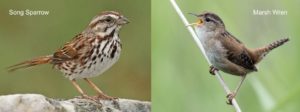
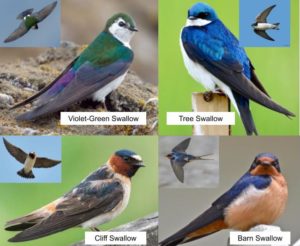
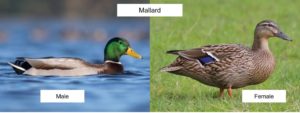
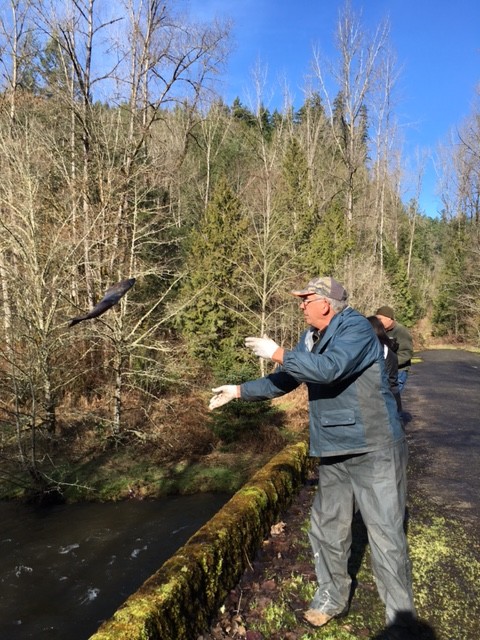
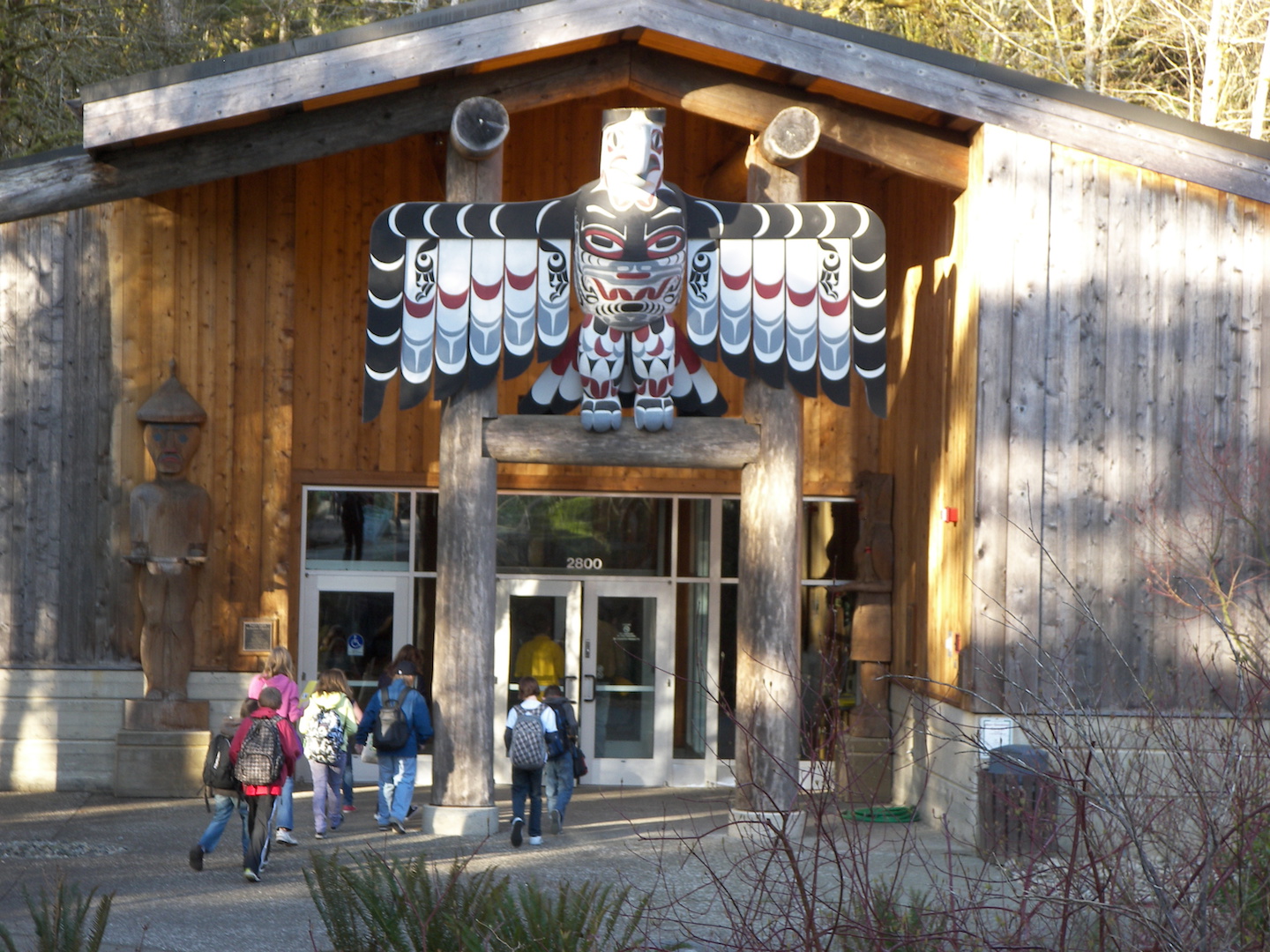


One thought on “Eye On Nature At-Home Bird Activity”
nice job on the pictures I like the questions I wan to see the birds, thanks for having this website. (: